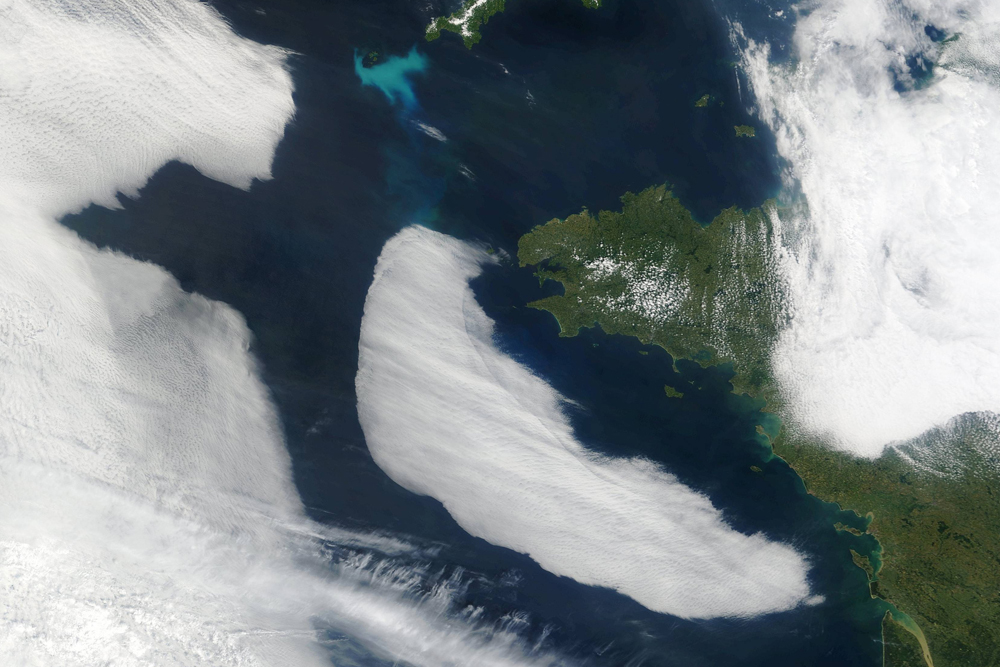
Weather Training
Weather’s an integral part of sailing and in fact any outdoor activity.
Understanding it and using that information to plan ahead can make a real difference to your day or your voyage.
I’ll starts off with the basics and goes from there, approaching the weather with a global, regional and then very local focus to show you how the same principles run throughout. Getting hold of weather information is equally as important, and various types and source of forecasts are used throughout to bring the theory into practical use.
Weather at Sea
Global Weather Patterns: why we have weather and seasons, the Jet Streams and their importance, the Coriolis Effect and the general surface distribution of the major pressure systems.
Weather Charts and Forecasts: synoptic and surface forecast charts, geopotential height charts, GRIB data, ensemble forecasts and weather sources in general in the GMDSS system and beyond.
Mid-Latitude Weather: depressions, mid-level troughs and ridges, frontal systems, heat lows, rain/sleet/snow/hail, high pressure systems and the ominously named “storm track”.
Boundary Layer Weather: this is the bit we go sailing in, and covered in this section are sea and land breezes, gusts and fog.
Topographic Effects: wind coming on to and off land, surface convergence and divergence, acceleration zones, katabatic winds and Chinook winds.
Tropical Weather: a definition, the Hadley Cell, trade winds, the ITCZ, diurnal variation, tropical waves, tropical revolving storms, monsoons and squalls.
Delivery Methods
This can be done at your location (logistics permitting) or as a series of 8x 2 hour online sessions.
Individual Topics & Subgroups
If you need a specific subsection, for example Atlantic weather for the ARC, or if you would like a more in depth view of sea breeze mechanisms, for example, these can easily be arranged. They can be delivered at your location (logistics permitting) or online.
Ideal Candidate
If you’re interested in weather, spend time outdoors and can look at a synoptic chart without wondering which way up to hold it then you’ll be fine.
Course Reading
Weather at Sea was specifically written to accompany the course.
Wind Strategies, by David Houghton & Fiona Campbell.
